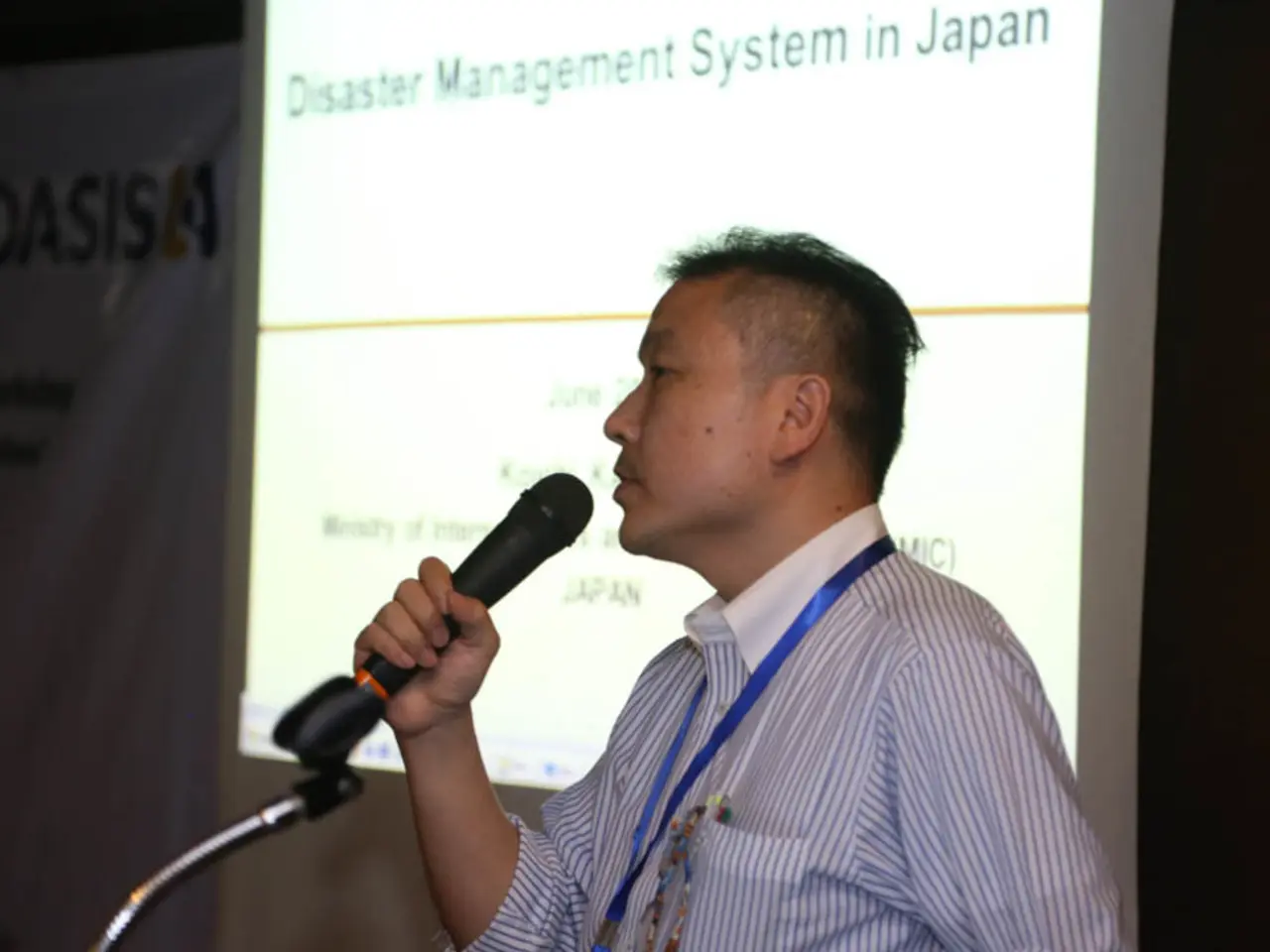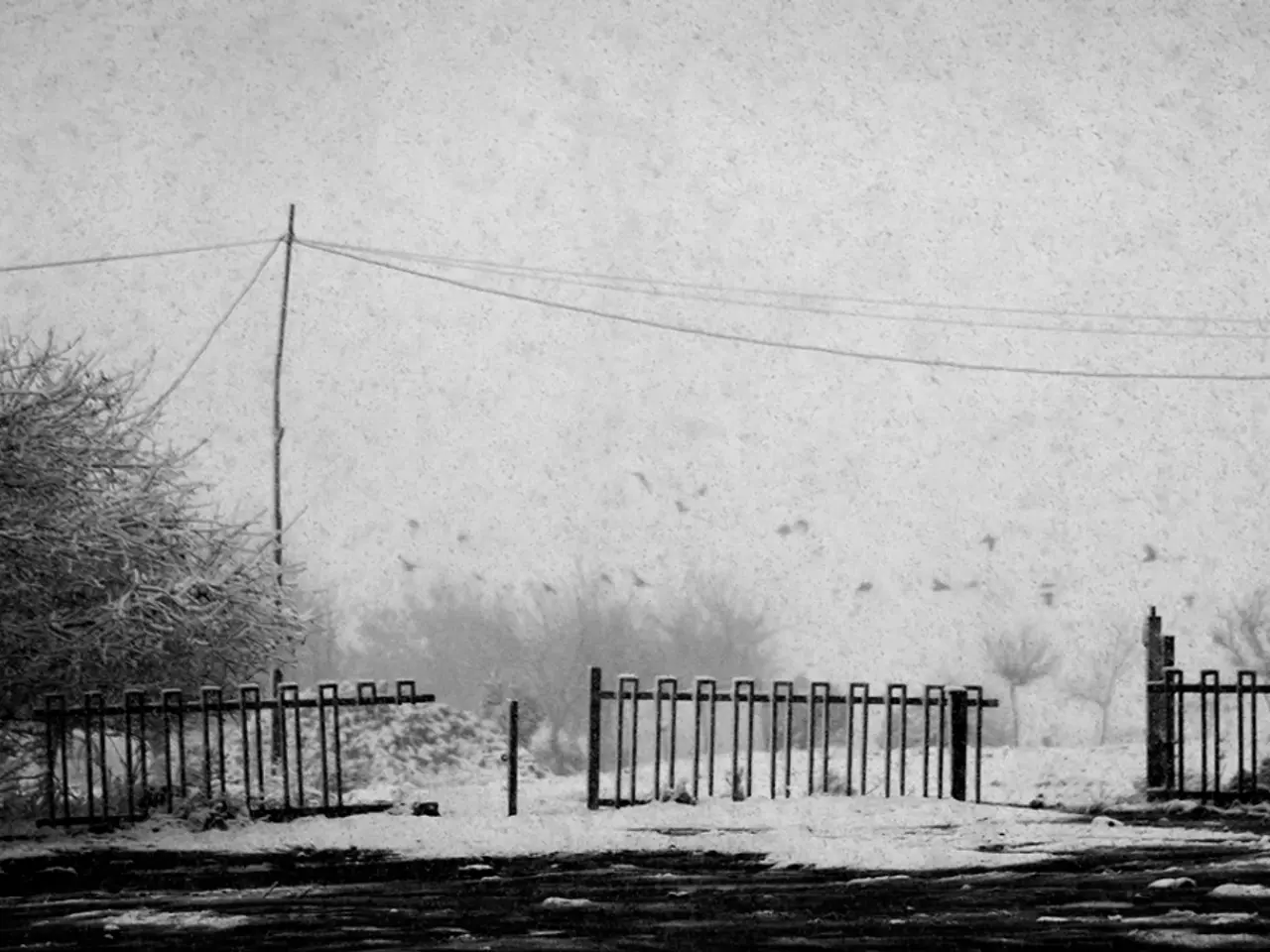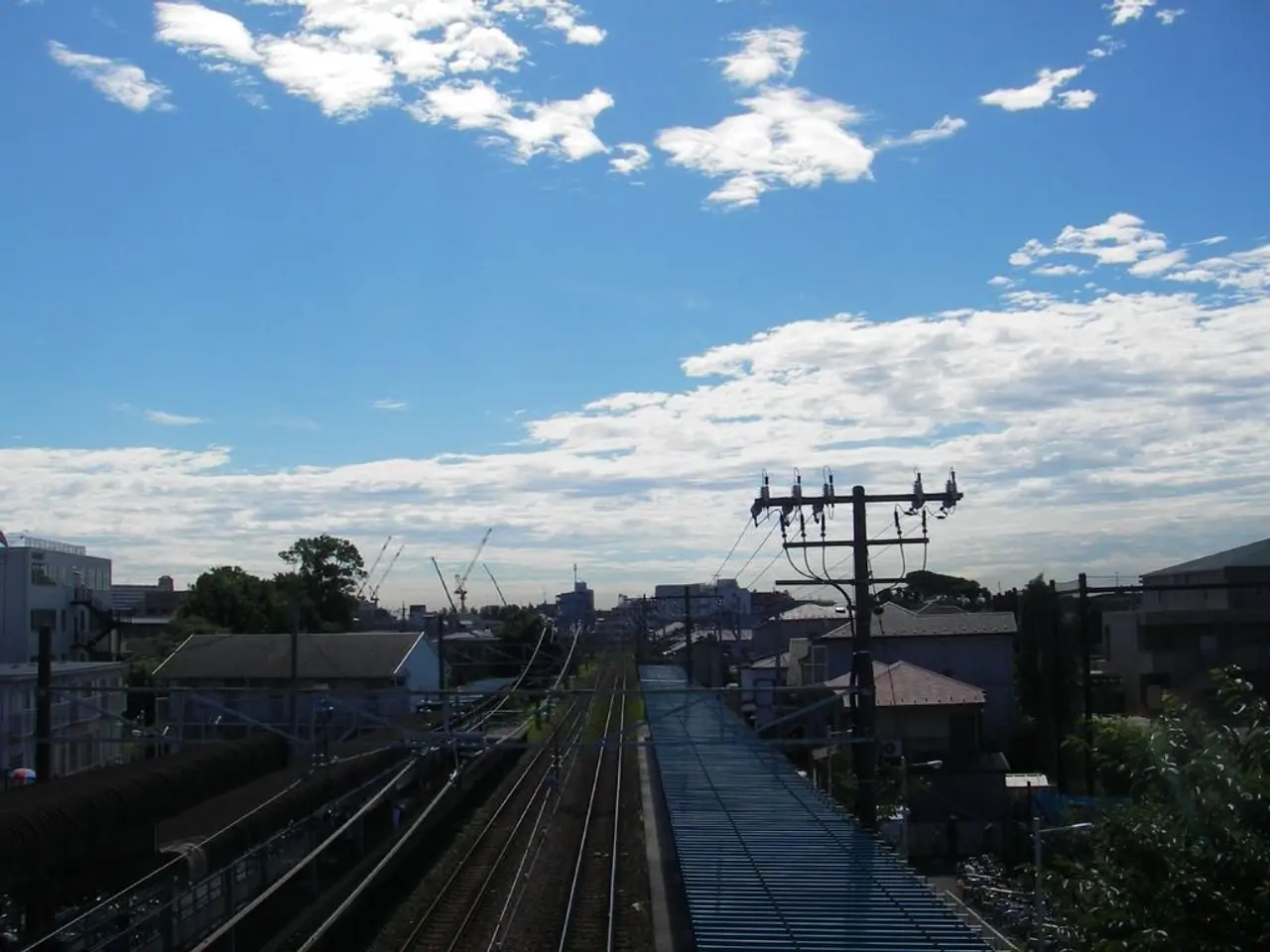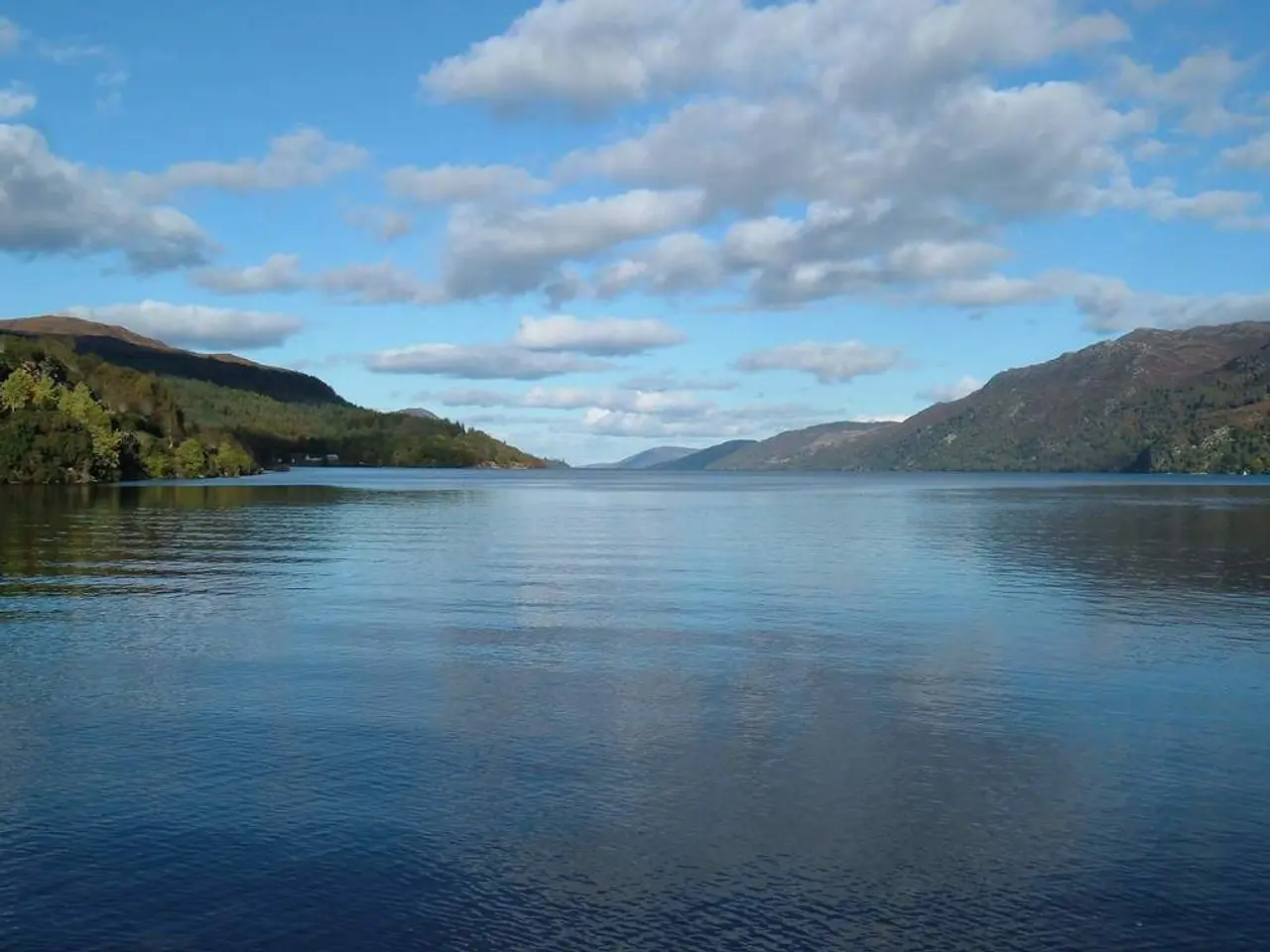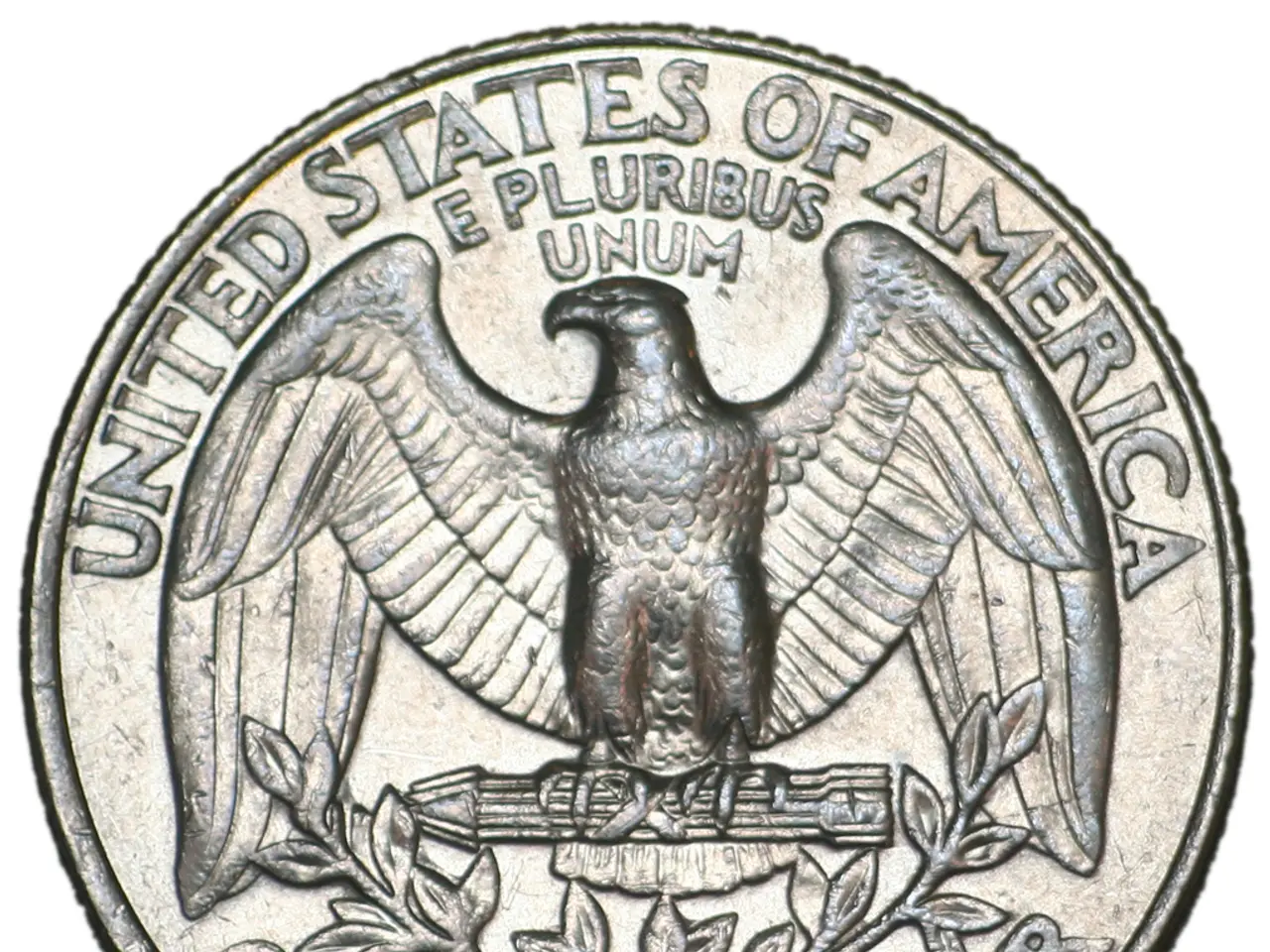Earthquake of tremendous magnitude 8.8 hits Russia, prompting tsunami alerts across the United States
In a series of events that sent shockwaves across the Pacific Rim, an 8.8-magnitude earthquake struck Russia's Kamchatka Peninsula on July 29, 2025. The earthquake, one of the strongest ever recorded, triggered tsunami waves that reached the coastlines of California, Hawaii, and other Pacific Rim areas. However, the impact was generally less severe than initially feared.
In California and Hawaii, tsunami waves were recorded but caused no significant damage. Coastal areas from northern California to Oregon were under tsunami warnings or advisories but experienced minor wave impacts without widespread flooding or damage. Hawaii saw precautionary evacuations but no consequential wave damage, and officials expressed relief as no major harm was reported.
The tsunami waves across most locations, including Hawaii and the U.S. West Coast, were approximately 1 meter (3 feet) or less in height. This is a testament to the effectiveness of early warning systems and the swift actions of emergency services in evacuating people from potential danger zones.
In Russia's Kamchatka Peninsula, where the earthquake originated, tsunami waves reached heights of up to 16 feet locally, causing flooding and moderate damage. However, casualties were minimal. Japan, Guam, and other Pacific territories also received warnings or advisories, with indirect effects such as injuries during evacuations reported but no widespread tsunami destruction.
Other countries that have issued tsunami alerts include Canada (specifically the province of British Columbia), Ecuador, Indonesia, Peru, Colombia, and Japan. Waves of 1.6ft above tide level were observed in Arena Cove in California.
Notably, the biggest waves were spotted in the coastal areas of the disputed Kuril Islands, reaching heights of 16ft. The U.S. President Donald Trump urged people to "STAY STRONG AND STAY SAFE!" in a social media post about the tsunami, and Oprah responded to claims she 'refused' to open a private road amid Hawaii tsunami warnings.
In summary, while the earthquake was one of the strongest ever recorded, the resulting tsunamis in California, Hawaii, and other affected coastlines were mostly small, causing limited or no damage and prompting temporary but cautious evacuations. The incident serves as a reminder of the importance of early warning systems and the swift actions of emergency services in mitigating the impact of natural disasters.
[1] Tsunami Warning Center (2025). Retrieved from https://www.tsunami.gov/ [2] National Oceanic and Atmospheric Administration (2025). Retrieved from https://www.noaa.gov/ [3] Russian Oceanology Institute (2025). Retrieved from https://ocean.ru/ [4] Oahu Emergency Management Agency (2025). Retrieved from https://www.oahuemergencymanagement.com/
- A wave of viral videos on social media platforms captured the aftermath of the earthquake and tsunami, showcasing the evacuation processes and initial assessments made by emergency services in California, Hawaii, and other affected regions.
- In the wake of the earthquake and tsunami, researchers in the field of environmental-science and meteorology are conducting studies on the impact of this event on marine life and the global weather patterns.
